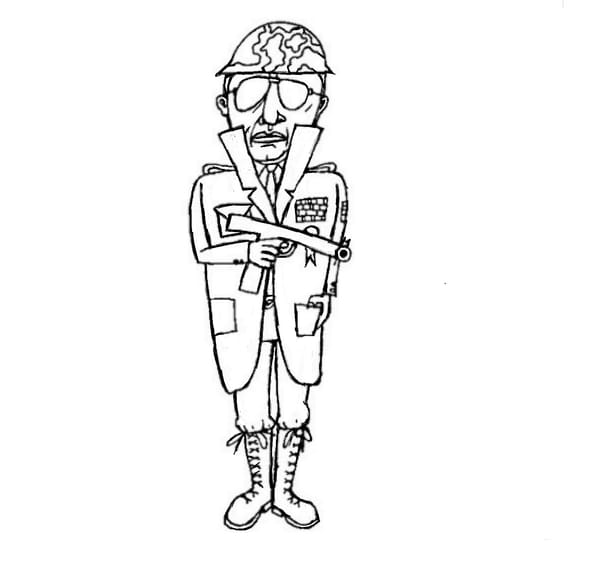In 1987, in the twilight of the Cold War, the Marxist philosopher and economist Alfred Sohn-Rethel posed the following question in Germany’s Tageszeitung newspaper: “Is the fascist economy a threat?” He offered an ambivalent answer, seeing in the military buildup of the 1980s a hallmark of the fascist economy: namely, the attempt to save capitalism from itself via massive rearmament. At the same time, the economic transformations unfolding in those halcyon days left him cautiously optimistic that structural conditions were unfavorable to a 1930s redux. Yet the militarist political economy taking shape under President Biden is a different beast, lending Sohn-Rethel’s original analysis a new and unsettling urgency in our time.
“Fascism … isn’t simply a matter of bad individual actors, but rather a structural phenomenon.”
These days, the term “fascist” or “fascism” is commonly used to denote right-wing authoritarian movements—that is, when it isn’t just a vague slur hurled at some opponent. But Sohn-Rethel urged us to consider fascism in the political-economic context in which historical fascist movements arose and were embraced by those seeking to preserve the status quo of developed capitalism amid dizzying social turbulence. Fascism thus understood isn’t simply a matter of bad individual actors, but rather a structural phenomenon. It begins with violent and austere attempts to overcome unemployment, to discipline and control labor, to get markets and profits (or monopoly rents) back online, eventually developing into an economy of armament production that risks triggering total war.
